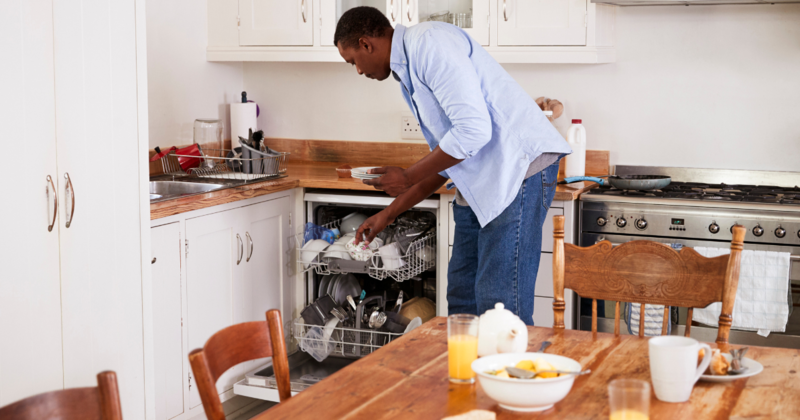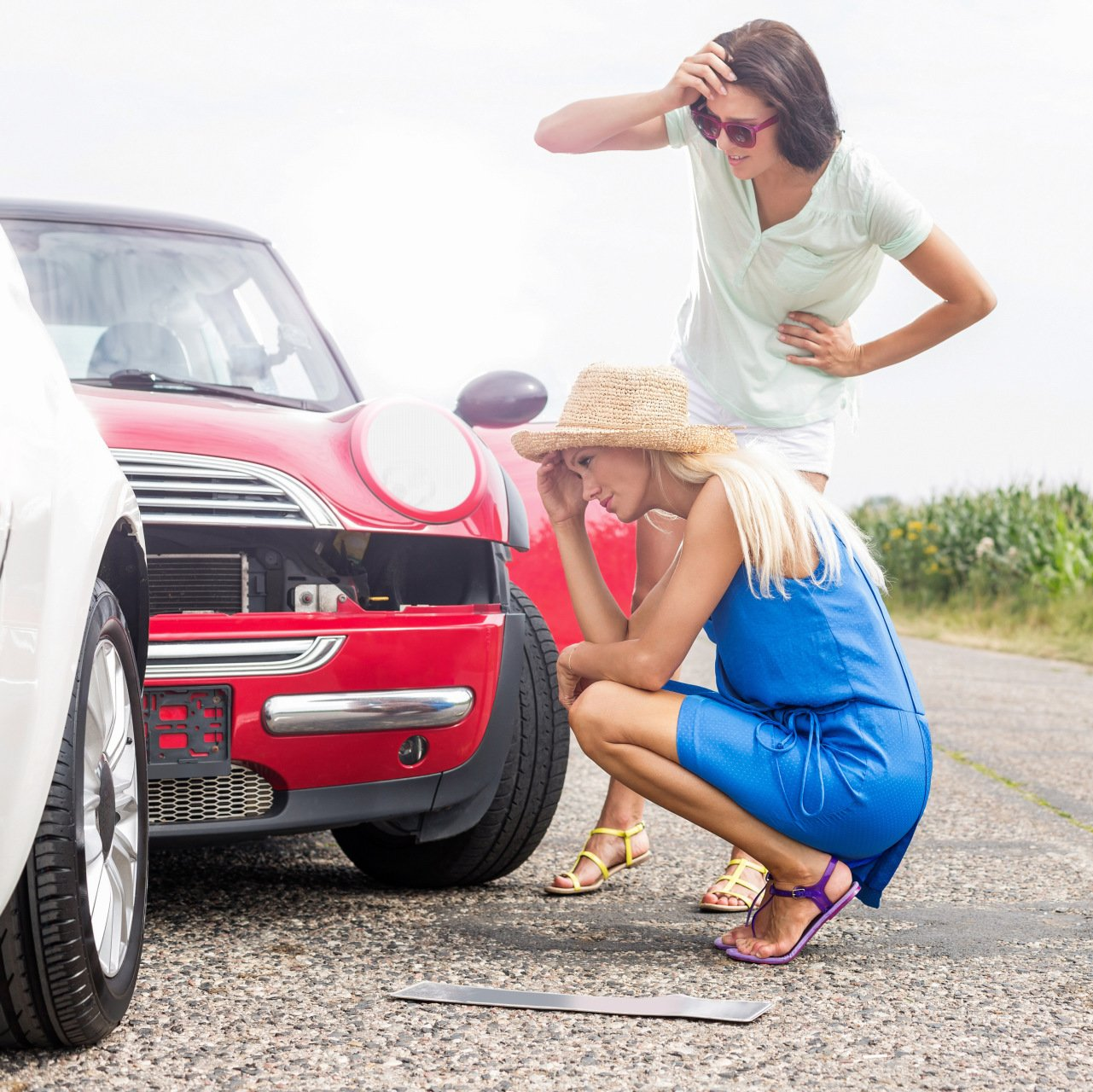Auto Insurance / Car Insurance
At Atlantic Insurance, we believe in providing personalized service. We want to get to know you and your insurance needs and goals. Please call us at 617-698-2200 or send us a message. We'll find the car insurance options that best meet your needs and your budget. Scroll down to learn more about auto insurance.
What coverage do you really need for auto insurance?
Drivers often opt for the cheapest coverage when choosing auto insurance, but that’s rarely the best or safest option. Since auto insurance is a collection of different policies covering you in various ways, you don’t want to take any risks and skimp on any one policy.
What if you’re stuck in work traffic after a long day and accidentally cause a fender bender? Worse, if you’re involved in a serious accident with minimum coverage, medical expenses could be thousands of dollars — plus car repair fees.
Whether you drive a sports car or a used vehicle, having appropriate coverage is imperative. And it starts with understanding the types of coverage, how it works, and what you need.
Atlantic Insurance agents will help you understand your policy and help you obtain coverages you should have.
Know the Deductible
The deductible kicks in after there’s an accident. It’s the amount you’ll pay for damages before insurance money kicks in.
Most experts recommend choosing the highest deductible you can afford. The higher the deductible, the lower your monthly premium. And if an accident occurs, the deductible usually works to your advantage.
For example, if you’re in a small accident and have a $500 deductible and car repairs cost $1,500, you only need to pay the $500. Insurance kicks in for the remaining $1,000.
Understand your car insurance Premium
Your premium is the amount of money you pay regularly for insurance. Typically, this is each month, though some policies allow for quarterly payments, etc.
Your premium will vary depending on factors like:
- Your age
- Deductible
- Your car’s year, make and model
- Your driving history
This is the stage most drivers start cutting corners and opt for the cheapest premium possible, thinking: I’m a responsible driver, I’ll be careful or I’ve never been in an accident. But, remember, car insurance is not just to protect others from you, it's about protecting YOU from other drivers. You may be the best driver on the road, but are you sure that other drivers are as good as you are?
And, unfortunately, regardless of one’s past experience or driving habits, nobody can predict the future — so paying a practical price for a premium is recommended.
Get proper Injury Protection
There are various policies surrounding injury protection. For example, your injury liability coverage helps cover liability and expenses when you’re at fault in an accident. In this instance, all money goes to the people in the car you hit. This coverage does not cover the people in your own car.
Likewise, personal injury protection covers medical expenses for your and your passengers' medical expenses in case an accident happens.
Generally, if you have health insurance, spending a lot of money on personal injury protection isn’t recommended — health insurance should take care of any injuries that might occur.
You need No-Fault Insurance
Keep in mind that Massachusetts law requires car owners to carry no-fault insurance. This policy pays out regardless of which driver is at fault. It also limits your ability to sue other drivers.
Are you paying too much for your car insurance, or do you need more coverage? Call the team at
Atlantic Insurance Group Agency today and our agents will get you the best policy to fit your needs!
Let us find the right auto insurance coverage for you.
Blog posts about driving and car insurance that you may find helpful:








